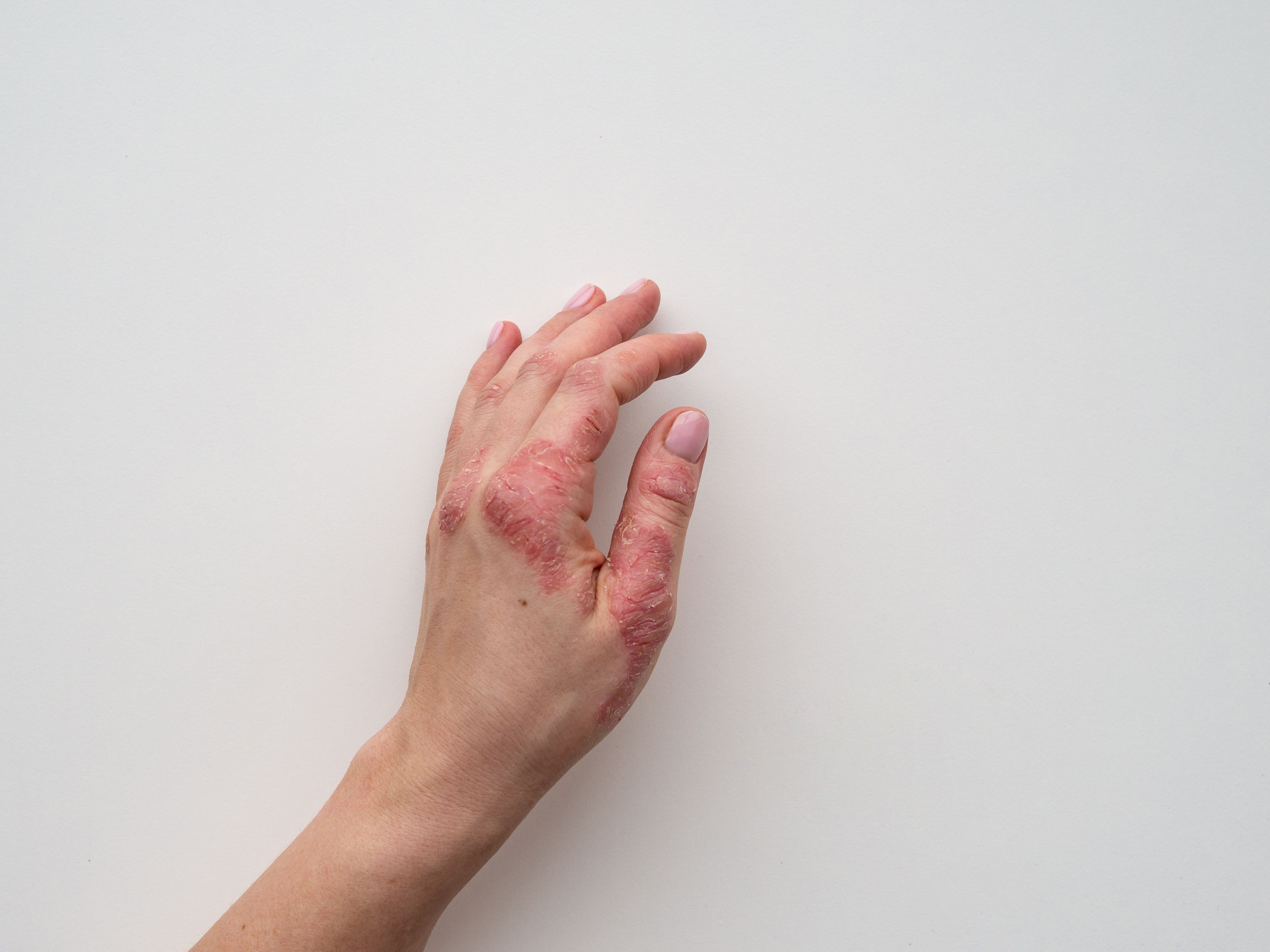Article
Researchers Outline Use of Hormonal Therapies in Acne, Hidradenitis Suppurativa
Author(s):
Combined oral contraceptives (COCs) and, more recently, spironolactone, have been identified as options for adolescent females with acne and hidradenitis suppurativa (HS), although varying levels of data are available supporting their use in these patients.
As hormonal treatments are increasingly being used for treating dermatologic conditions among adolescents, researchers of a new paper are highlighting the potential use of these treatments in female patients.
Combined oral contraceptives (COCs) and, more recently, spironolactone, have been identified as options for adolescent females with acne and hidradenitis suppurativa (HS), though varying levels of data are available supporting their use in these patients.
“Beyond being vital to normal cutaneous homeostasis, hormones, particularly androgens, also play a role in the pathogenesis of multiple disorders affecting the pilosebaceous unit, the prototype being acne vulgaris,” wrote the researchers. “This is mediated through both increased production of sebum and upregulation of inflammatory cytokines in the local follicular microenvironment. An understanding of the role that androgens play in the pathogenesis of follicular disorders can be leveraged by clinicians treating these conditions.”
Less quality data are available on the use of spironolactone, and as a result, the American Academy of Dermatology recommends its use in select patients with acne, and the North American clinical management guidelines gave the treatment a “grade c” recommendation for HS. The researchers of the paper wrote that while there’s insufficient data to support conclusions on its efficacy, several studies have shown promise in acne and suggested favorable safety for long-term treatment. They note that there are little data on its effectiveness in HS.
With more data available on the effectiveness of estrogen-containing COCs, those with doses of estrogen doses of 30 to 35 mg and third- or fourth-generation progestins are recommended for both acne and HS. The researchers recommend that providers consider initiating COC in patients 2 years after menarche (or at 14 years) as concerns have been raised over whether the relatively low doses of estrogen included in most COCs are sufficient for bone mass acquisition in adolescents.
For use in acne, there are data from multiple randomized controlled trials (RCTs) available. One meta-analysis of 31 studies comprising of more than 12,000 patients demonstrated that, among 9 of 10 trials comparing COCs with placebo, COCs yielded statistically significant improvements in acne for patients, ranging from lesion counts to patient-reported outcomes. Treatments included levonorgestrel, norethindrone acetate, and norgestimate. The researchers noted that comparisons across the different COCs were not able to be made.
Another meta-analysis of 32 RCTs of COCs and oral antibiotics showed that while oral antibiotics led to slightly improved reductions in mean inflammatory lesion counts by 3 months (53.2% vs 35.6%), the benefit no longer remained at 6 months. Based on the findings, coupled with concerns of prolonged use of antibiotics for acne, the researchers suggested COCs as a more appropriate first-line treatment in appropriate female patients.
The researchers noted that data backing COC use in HS remains mainly anecdotal and generalized from acne studies. Hormones are considered to play a role in the condition, as up to 44% to 57% of female patients report having flare ups during their premenstrual period, and despite the lack of quality data, the North American clinical management guidelines support the use of estrogen-containing COCs in appropriate patients.
“Despite the overall well-tolerated nature of COCs, adverse events do occur, and particular considerations must be taken into account when prescribing these agents for the treatment of dermatologic conditions in adolescents. Common side effects of COCs include headache, nausea, and breast tenderness, although these often resolve with continued use,” commented the researchers. “Intermenstrual bleeding is another commonly reported phenomenon and may possibly be decreased with the use of third-generation progestin-containing formulations, commonly used for acne and HS.”
Reference
Svoboda R, Nawaz N, Zaenglein A. Hormonal treatment of acne and hidradenitis suppurative in adolescent patients. Dermatol Clin. 2022;40(2):167-178. doi:10.1016/j.det.2021.12.004




